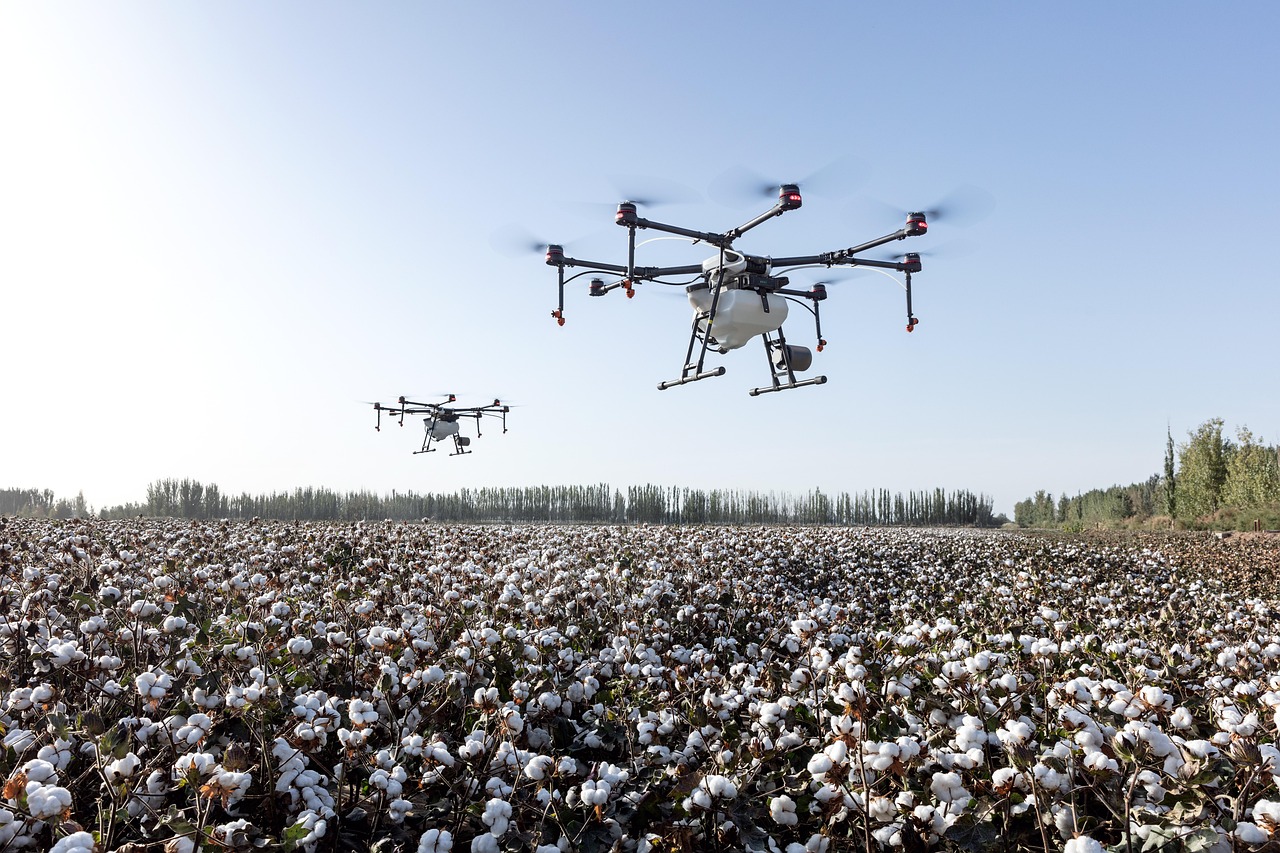
Drones in High-Tech Farming (Grades 3-5)
Students discover the science behind how a drone works, explore how drones are used in agriculture, and program and operate a drone for the purpose of surveying a field.

Students discover the science behind how a drone works, explore how drones are used in agriculture, and program and operate a drone for the purpose of surveying a field.

Students explore the carbon cycle and evaluate the carbon footprint of cattle. Using critical thinking skills, students will use the Claim, Evidence, and Reasoning model to determine the effect of cows’ methane production on the environment and investigate the extent cattle contribute to climate change.
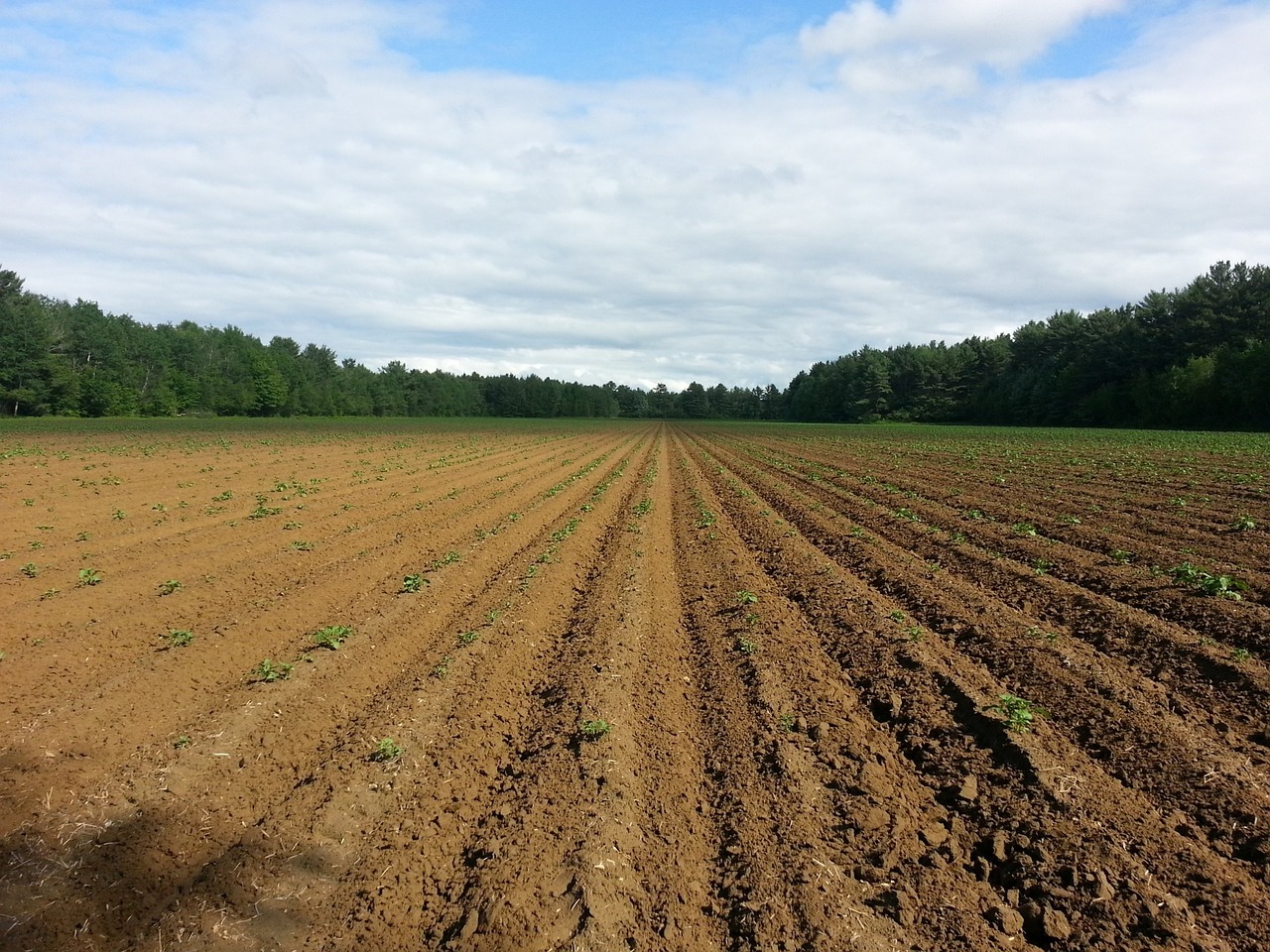
Students are introduced to the Dust Bowl and determine how to avoid another event like it in the future as they study soil texture, particle sizes, soil nutrients, and pH.
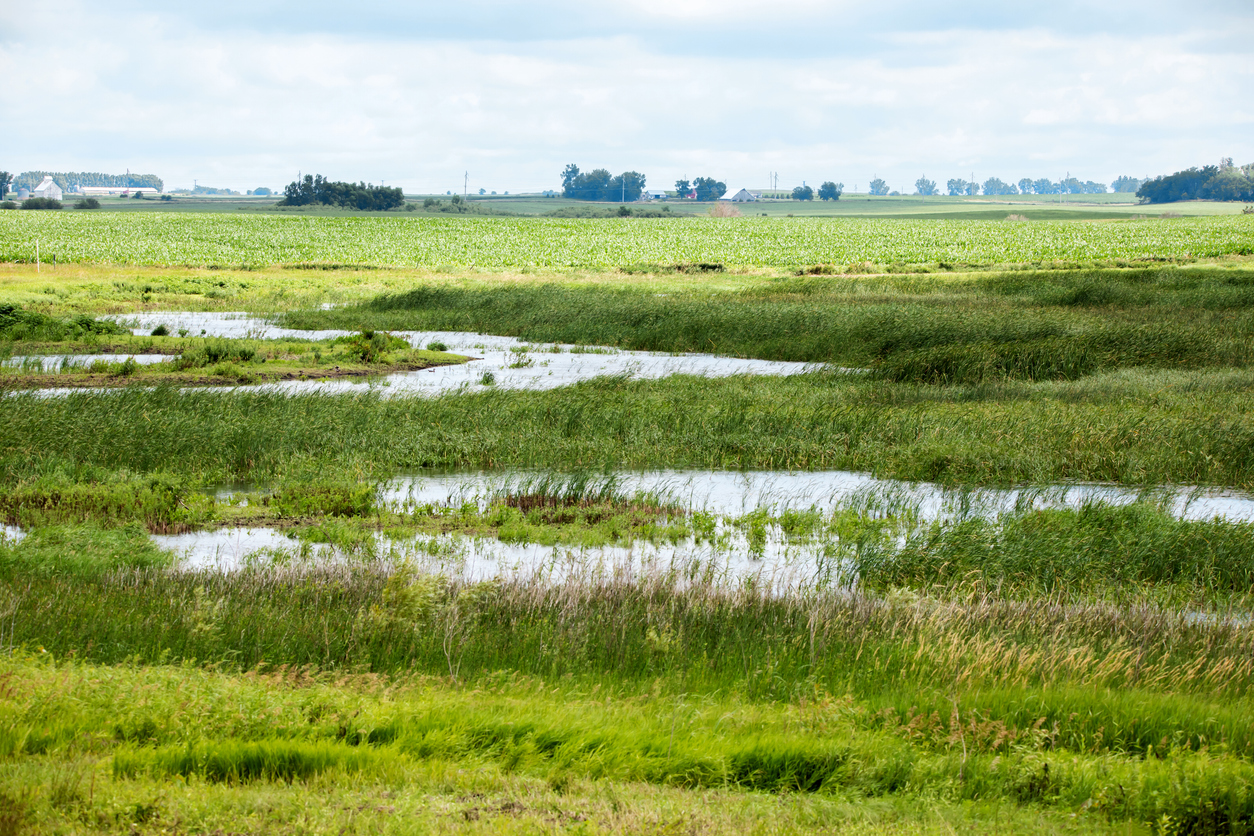
Students develop an understanding of what factors impact water quality within watersheds, what soil types/profiles are most susceptible to erosion, and what factors impact water quality within watersheds and how to mitigate erosion on susceptible soils.
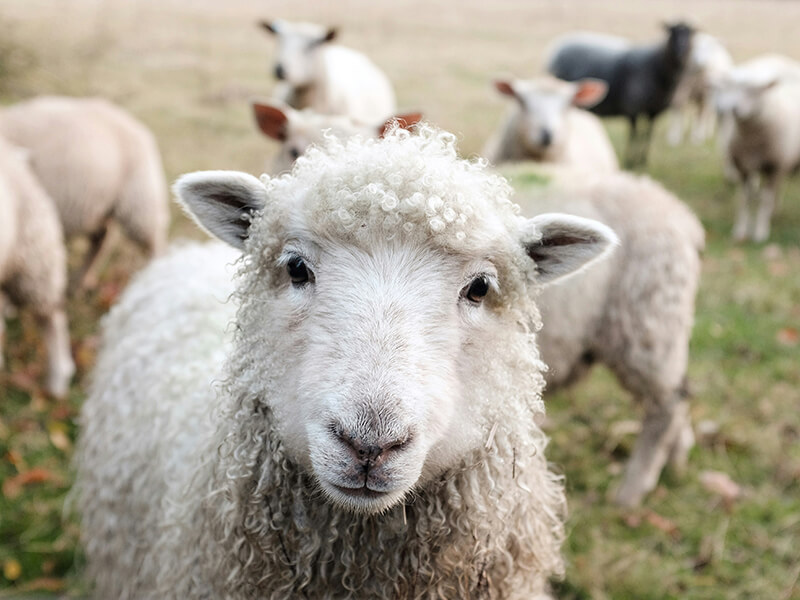
Students explore the process of making wool into cloth.
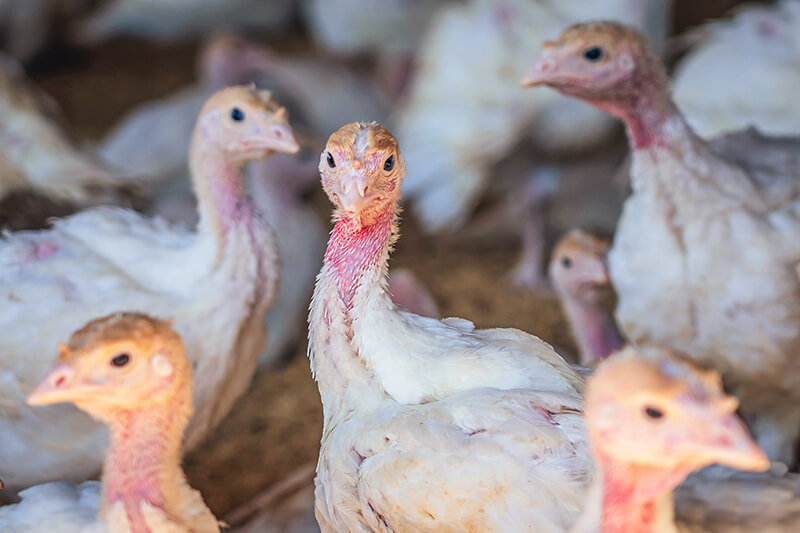
Students investigate the domestication and life cycle of the turkey, discover how turkeys are raised on farms, and identify turkey products.
Students investigate potato varieties, explore potato plants, determine how potatoes grow, and make a potato recipe.
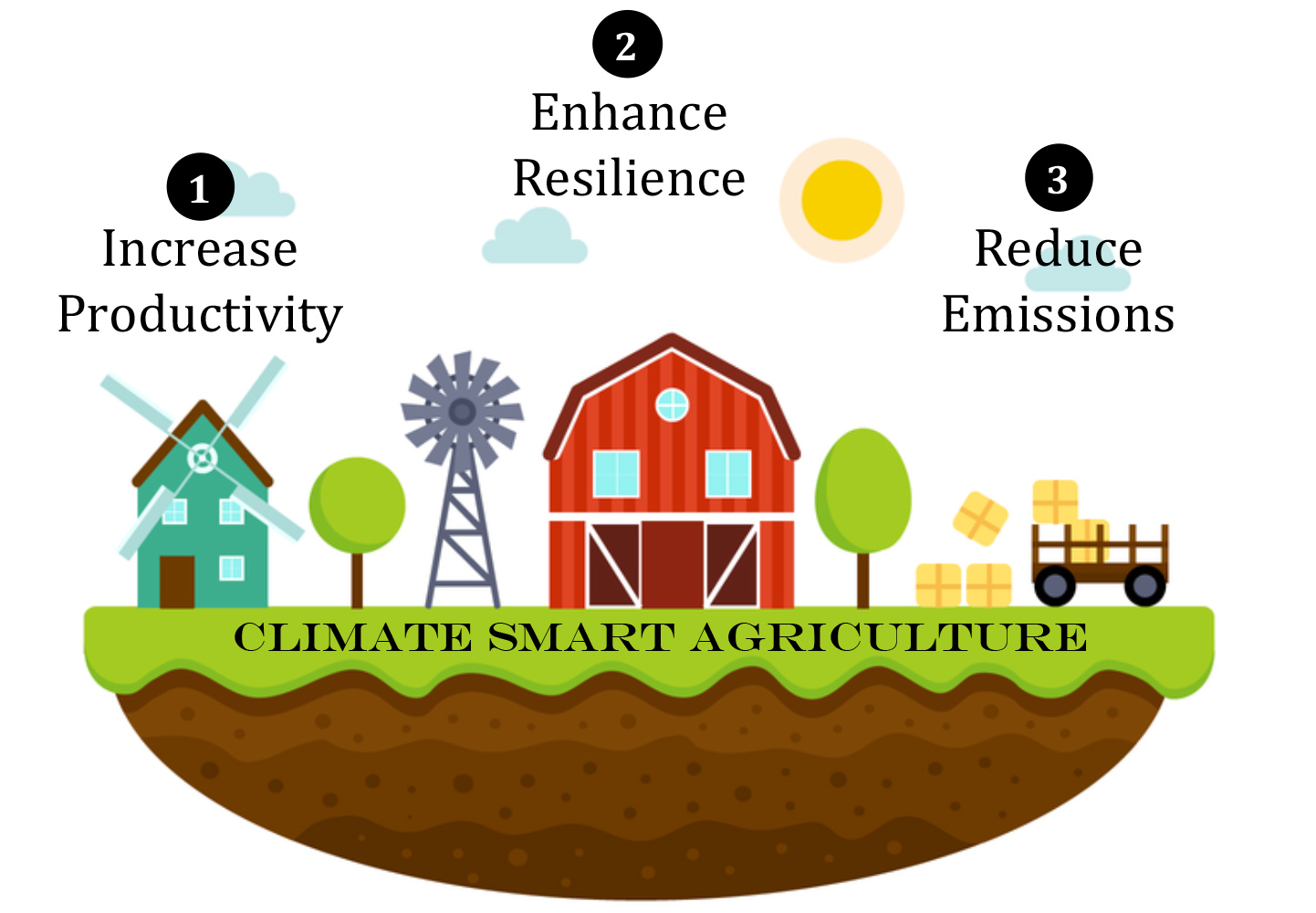
Students explore the carbon cycle, evaluate natural and human-induced activities that drive the carbon cycle, and discover climate smart agricultural practices that can be used to produce our food.
Students explore the process of genetic engineering and discover the eleven bioengineered crops and two animals approved in the United States.
Students will investigate sorghum, including the stages of plant growth, production in the United States, health benefits, geography, and positive environmental impacts.
This lesson explains the processes of cellular respiration and fermentation and how it applies to the production and processing of honey.
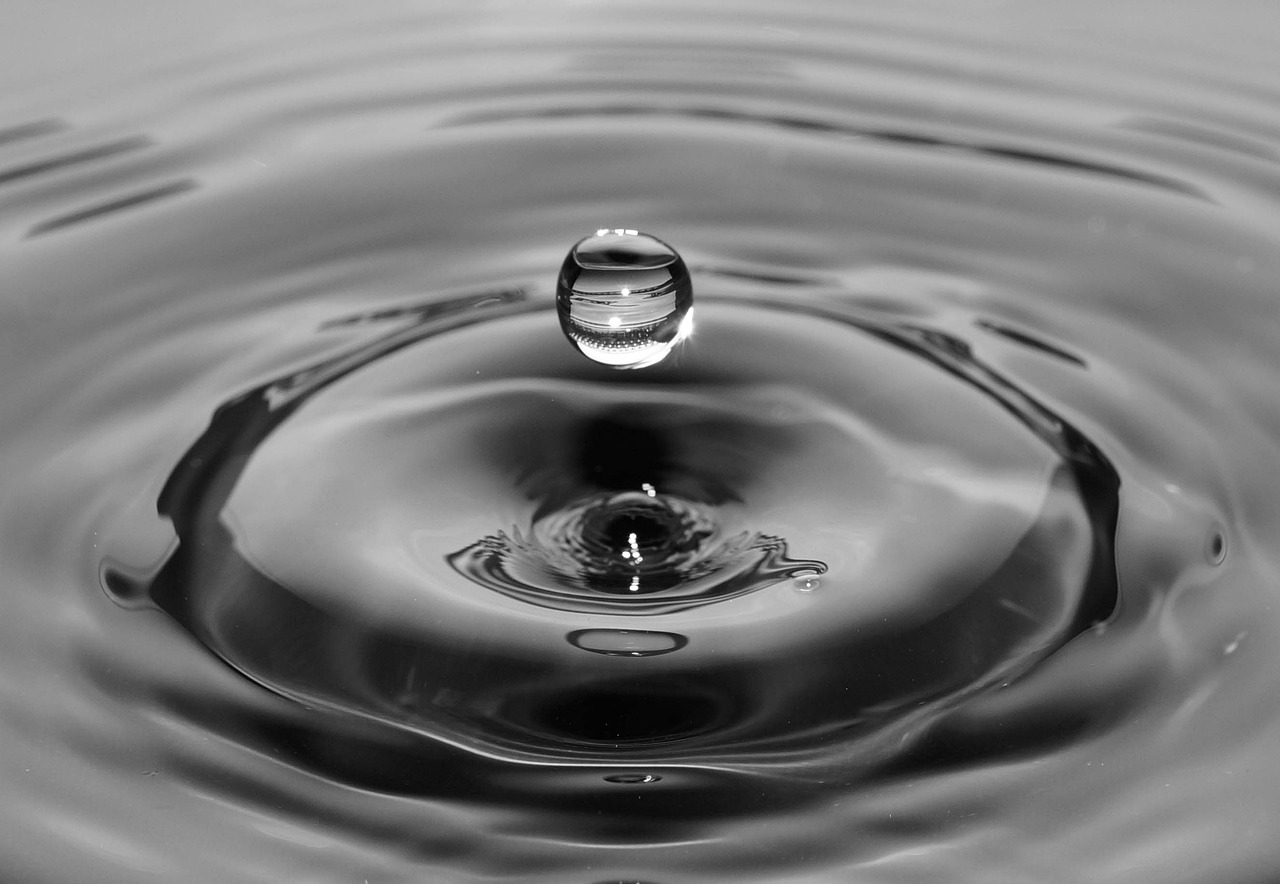
Students investigate the effects of added soil nutrients on water quality, perform chemical and physical tests on water samples, collect and identify macroinvertebrates from a freshwater system and compare physical, chemical and biological factors of an aquatic ecosystem to determine water health.